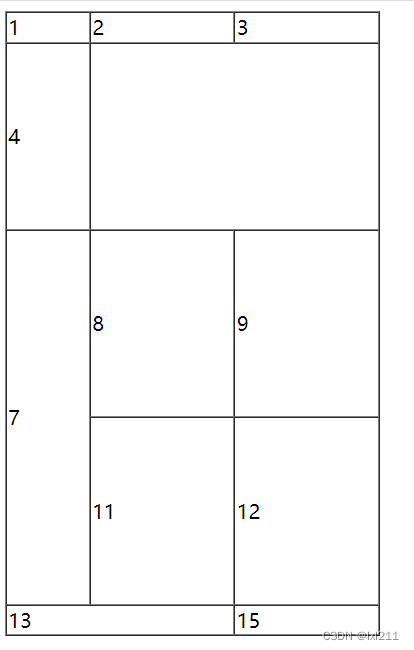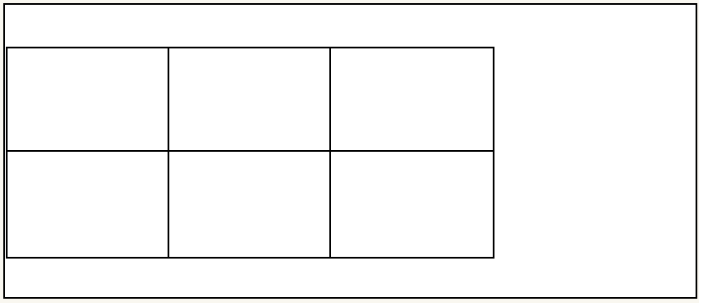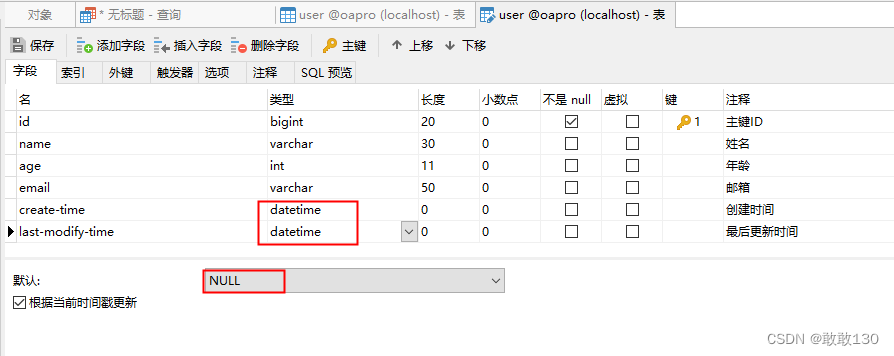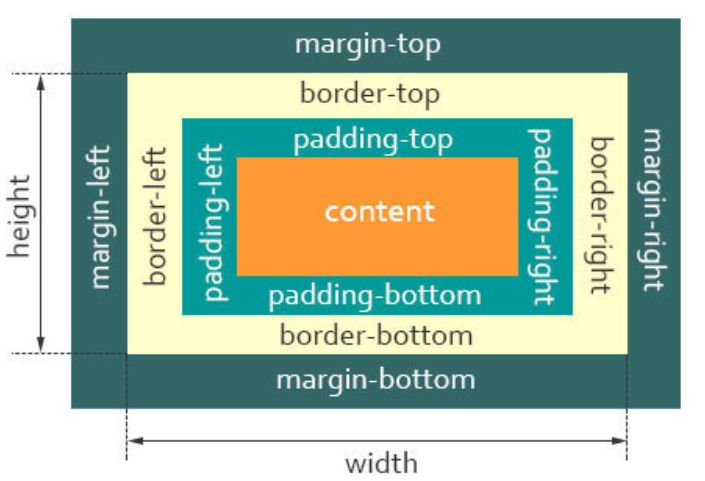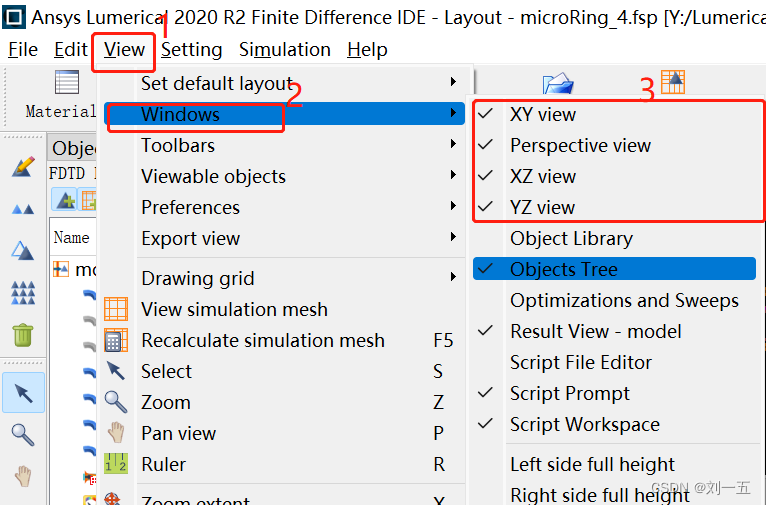目录:
- 前言
- 一、遍历算法
- for_each、transform
- 二、查找、统计算法
- find、find_if
- adjacent_find
- binary_search
- count、count_if
- 三、排序算法
- sort
- random_shuffle
- merge
- reverse
- 拷贝、替换算法
- copy
- replace、replace_if
- swap
- 算数生成算法
- accumulate
- fill
- 集合算法
- set_intersection
- set_union
- set_difference
前言
| 打怪升级:第19天 |
|---|
 |
在学习这些算法是我们需要了解一些头文件:< algorithm > 、< numeric > 和 < functional >
< algorithm > 是stl头文件中最大的一个,包含下方介绍的绝大多数算法。
< numeric > 体积很小,只包含几个在序列上进行简单数学运算的模板函数。
< functional >定义了一些模板类、用以声明函数对象。
一、遍历算法
for_each、transform
class Form
{
public:
int operator()(int& v)
{
return v + 1000; // 这里我们可以进行各种操作
}
};
void Print(int v)
{
cout << v << ' ';
}
void test04()
{
vector<int>v1;
for (int i = 0; i < 8; ++i)
{
v1.push_back(i);
}
vector<int>v2;
v2.resize(v1.size()); // 改变大小,空位默认用 0 填充
// v2.reserve(v1.size()); reserve是预开辟空间,但是实际大小还是0,
// 而我们使用transform时需要有足够的空间来存放搬运过来的数据, 因此这里不可以使用
transform(v1.begin(), v1.end(), v2.begin(), Form()); // Form() 为仿函数、也可以直接使用函数
for_each(v1.begin(), v1.end(), Print); // Print 为函数指针、也可以使用仿函数
cout << endl;
for_each(v2.begin(), v2.end(), Print);
cout << endl;
}
运行实例:
二、查找、统计算法
find、find_if
class Greater
{
public:
bool operator()(int val) // 谓词就是用来做判断的
{
return val > 650;
}
};
void Print(int val)
{
cout << val << ' ';
}
void test05()
{
vector<int>v;
for (int i = 0; i < 10; ++i)
{
v.push_back(rand() % 100 + 600);
}
for_each(v.begin(), v.end(), Print);
cout << endl;
vector<int>::iterator it = find(v.begin(), v.end(), 600); // 查找数字600
if (it != v.end())
{
cout << *it << endl;
}
else
{
cout << "did not find" << endl;
}
it = find_if(v.begin(), v.end(), Greater()); // 查找有没有大于650的数字
if (it != v.end())
{
cout << *it << endl;
}
else
{
cout << "did not find" << endl;
}
}
运行实例:
find -> 自定义数据类型 – 示例:
class Person
{
public:
Person(string name, int age)
{
this->name = name;
this->age = age;
}
bool operator==(Person p) // 重载==,告诉编译器查找的规则
{
if (this->name == p.name && this->age == p.age)
return true;
else
return false;
}
string name;
int age;
};
void test06()
{
vector<Person>v1;
Person p1("小米粒", 20);
v1.push_back(p1);
Person p2("陈暖树", 20);
v1.push_back(p2);
Person p3("裴钱", 22);
v1.push_back(p3);
Person p4("李宝瓶", 24);
v1.push_back(p4);
Person p5("李宝瓶", 24);
vector<Person>::iterator it = find(v1.begin(), v1.end(), p5);
if (it != v1.end())
{
cout << "name->" << it->name << " age->" << it->age << endl;
}
else
{
cout << "did not find" << endl;
}
}
运行实例:
adjacent_find
void PrintVector(int val)
{
cout << val << ' ';
}
void test01()
{
vector<int>v1;
vector<int>v2;
for (int i = 0; i < 10; ++i)
{
v1.push_back(i);
v2.push_back(rand() % 3);
}
cout << "v1: ";
for_each(v1.begin(), v1.end(), PrintVector);
cout << endl;
cout << "v2: ";
for_each(v2.begin(), v2.end(), PrintVector);
cout << endl;
// 查找连续相同的第一组数据
vector<int>::iterator vit = adjacent_find(v1.begin(), v1.end()); // 查v1容器
if (vit != v1.end())
{
cout << "adjacent data is : " << *vit << endl;
}
else
{
cout << "did not find" << endl;
}
vit = adjacent_find(v2.begin(), v2.end()); // 查v2容器
if (vit != v2.end())
{
cout << "adjacent data is : " << *vit << endl;
}
else
{
cout << "did not find" << endl;
}
}
示例:
binary_search
void Print(int val)
{
cout << val << ' ';
}
void test02()
{
vector<int>v1;
set<int>s1;
for (int i = 0; i < 10; ++i)
{
v1.push_back(rand() % 100);
s1.insert(rand() % 100);
}
// binary_search 必须在有序容器中进行查找
sort(v1.begin(), v1.end(), greater<int>()); // 排降序
for_each(v1.begin(), v1.end(), Print);
cout << endl;
for_each(s1.begin(), s1.end(), Print);
cout << endl;
bool target = binary_search(v1.begin(), v1.end(), 30);
if (target)
{
cout << "30存在" << endl;
}
else
{
cout << "30不存在" << endl;
}
target = binary_search(s1.begin(), s1.end(), 30);
if (target)
{
cout << "30存在" << endl;
}
else
{
cout << "30不存在" << endl;
}
}
示例:
count、count_if
count 示例:
class Person
{
public:
Person(string name, int age)
{
this->m_name = name;
this->m_age = age;
}
bool operator==(const Person& p)
{
return this->m_name == p.m_name && this->m_age == p.m_age;
}
string m_name;
int m_age;
};
void test01()
{
vector<int>v1;
for (int i = 0; i < 100; ++i) // 100 个 0~9之间的数字
{
v1.push_back(rand() % 10);
}
/* bool found = binary_search(v1.begin(), v1.end(), 5); // 二分查找 只适用于 有序序列
if (found)
{
cout << "find it" << endl;
}
else
{
cout << "did not find" << endl;
}*/
cout << "9 is count->" << count(v1.begin(), v1.end(), 9) << endl; // 统计 9 的个数
vector<Person>v2;
Person p1("aaa", 19);
v2.push_back(p1);
Person p2("bbb", 12);
v2.push_back(p2);
Person p3("ccc", 14);
v2.push_back(p3);
Person p4("ddd", 16);
v2.push_back(p4);
Person p5("ccc", 14);
v2.push_back(p5);
Person tmp("ccc", 14);
int found = count(v2.begin(), v2.end(), tmp); //对于自定义类型,需要重载== ,来告诉编译器相等的条件
cout << "count elements thit match val-> " << found << endl;
}
运行实例:
三、排序算法
sort
顺序:默认排升序,使用非常广泛。
void Print(int v)
{
cout << v << ' ';
}
void test03()
{
vector<int>v1;
for (int i = 0; i < 10; ++i)
{
v1.push_back(rand() % 100);
}
cout << "初始数据:";
for_each(v1.begin(), v1.end(), Print);
cout << endl;
cout << "升序排列:";
sort(v1.begin(), v1.end());
for_each(v1.begin(), v1.end(), Print);
cout << endl;
cout << "降序排列:";
sort(v1.begin(), v1.end(), greater<int>()); // 此处使用内建函数对象
for_each(v1.begin(), v1.end(), Print);
cout << endl;
}
运行实例:
random_shuffle
洗牌:对区间内数据进行重新排列;
使用场景:抽签、随机取号等。
void Init(vector<int>&v, int val)
{
for (int i = 0; i < 10; ++i)
{
v.push_back(i + val);
}
}
void Print(int v)
{
cout << v << ' ';
}
void test02()
{
srand((unsigned int)time(NULL));
vector<int>v1;
Init(v1, 10);
cout << "random_shuffle: ";
random_shuffle(v1.begin(), v1.end()); // 洗牌1
for_each(v1.begin(), v1.end(), Print);
cout << endl;
cout << "random_shuffle: ";
random_shuffle(v1.begin(), v1.end()); // 洗牌2
for_each(v1.begin(), v1.end(), Print);
cout << endl;
cout << "random_shuffle: ";
random_shuffle(v1.begin(), v1.end()); // 洗牌3
for_each(v1.begin(), v1.end(), Print);
cout << endl;
}
运行实例:
merge
合并:将两个有序容器中的数据进行合并,并把合并后的数据放到目标容器中,
这里需要注意:目标容器需要提前开辟好足够的空间。
void Print(int v)
{
cout << v << ' ';
}
void test04()
{
vector<int>v1;
vector<int>v2;
for (int i = 0; i < 8; ++i)
{
v1.push_back(i);
v2.push_back(i + 5);
}
cout << "v1-> ";
for_each(v1.begin(), v1.end(), Print);
cout << endl;
cout << "v2-> ";
for_each(v2.begin(), v2.end(), Print);
cout << endl;
vector<int>vtarget; // 目标容器
vtarget.resize(v1.size() + v2.size());
merge(v1.begin(), v1.end(), v2.begin(), v2.end(), vtarget.begin());
cout << "vtarget-> ";
for_each(vtarget.begin(), vtarget.end(), Print);
cout << endl;
}
运行实例:
reverse
反转:reverse,将容器内的数据进行反转。
void Print(int val)
{
cout << val << ' ';
}
void test03()
{
vector<int>v1;
for (int i = 0; i < 10; ++i)
{
v1.push_back(rand() % 10);
}
for_each(v1.begin(), v1.end(), Print);
cout << endl;
cout << "反转: ";
reverse(v1.begin(), v1.end());
for_each(v1.begin(), v1.end(), Print);
cout << endl;
cout << "排序: ";
sort(v1.begin(), v1.end());
for_each(v1.begin(), v1.end(), Print);
cout << endl;
cout << "反转: ";
reverse(v1.begin(), v1.end()); // 对有序数据进行反转,相当于排反序
for_each(v1.begin(), v1.end(), Print);
cout << endl;
}
运行实例:
拷贝、替换算法
copy
示例:
void Print(int v)
{
cout << v << ' ';
}
// 拷贝和替换函数
void test08()
{
// copy
vector<int>v1;
for (int i = 0; i < 10; ++i)
{
v1.push_back(i);
}
//vector<int>v2;
//v2.resize(v1.size()); // 不要忘记分配大小
将v1容器完全拷贝到v2,其实如果只是这样的操作,不如直接使用拷贝构造或者赋值operator=
//copy(v1.begin(), v1.end(), v2.begin());
// vector<int>v2(v1); 或者 v2 = v1;
// copy更常用的是:将一个容器到一部分内容进行拷贝
cout << "v1: ";
for_each(v1.begin(), v1.end(), Print);
cout << endl;
// 将v1的前半部分数据拷贝到v2
vector<int>v2;
v2.resize(v1.size() / 2);
copy(v1.begin(), v1.end() - v1.size() / 2, v2.begin());
cout << "v2: ";
for_each(v2.begin(), v2.end(), Print);
cout << endl;
}
运行实例:
replace、replace_if
void Print(int val)
{
cout << val << ' ';
}
// 拷贝和替换算法
// replace
// replace_if
bool GreaterTow(int val)
{
return val > 2;
}
void test01()
{
vector<int>v1;
for (int i = 0; i < 10; ++i)
{
v1.push_back(rand() % 5);
}
vector<int>v2(v1);
cout << "替换前:";
for_each(v1.begin(), v1.end(), Print);
cout << endl;
cout << "替换后:";
replace(v1.begin(), v1.end(), 0, 1000); // 将 0 全部替换成 1000
for_each(v1.begin(), v1.end(), Print);
cout << endl;
cout << "按条件替换:";
replace_if(v2.begin(), v2.end(), GreaterTow, 2); // 将 大于 2 的全部替换成 2
for_each(v2.begin(), v2.end(), Print);
cout << endl;
}
运行实例:
swap
bool GreaterTow(int val)
{
return val > 2;
}
void test02()
{
vector<int>v1;
vector<int>v2;
for (int i = 0; i < 10; ++i)
{
v1.push_back(i);
}
for (int i = 0; i < 6; ++i)
{
v2.push_back(i + 100);
}
cout << "交换前:" << endl;
for_each(v1.begin(), v1.end(), Print);
cout << endl;
for_each(v2.begin(), v2.end(), Print);
cout << endl;
cout << "v1: " << v1.size() << ' ' << v1.capacity() << endl;
cout << "v2: " << v2.size() << ' ' << v2.capacity() << endl;
cout << "交换后:" << endl;
swap(v1, v2); // 直接传两个容器
// vector中也内置了swap函数模板,因此也可以写成: v1.swap(v2);
for_each(v1.begin(), v1.end(), Print);
cout << endl;
for_each(v2.begin(), v2.end(), Print);
cout << endl;
cout << "v1: " << v1.size() << ' ' << v1.capacity() << endl;
cout << "v2: " << v2.size() << ' ' << v2.capacity() << endl;
}
运行实例:
算数生成算法
accumulate
void test03()
{
// accumulate -- 求和
vector<int>v1;
for (int i = 0; i <= 100; ++i)
{
v1.push_back(i);
}
// 0 为初始累加值
int total = accumulate(v1.begin(), v1.end(), 0);
cout << total << endl;
int cnt = accumulate(v1.begin(), v1.end(), 1000);
cout << cnt << endl;
}
运行实例:
fill
void Print(int val)
{
cout << val << ' ';
}
void test05()
{
// fill -- 填充
// 对于填充区间,我们既可以在使用 resize 扩大空间的同时设置填充数据,也可以后期使用 fill 更改填充数据
vector<int>v1;
cout << "申请空间,并初始化为100" << endl;
v1.resize(10, 100); // 第二个参数默认为0,此时我们改为100
for_each(v1.begin(), v1.end(), Print);
cout << endl;
cout << "将后半部分的数值改为520" << endl;
fill(v1.begin() + v1.size() / 2, v1.end(), 520);
for_each(v1.begin(), v1.end(), Print);
cout << endl;
}
运行实例:
集合算法
集合算法的 ‘集合’ 指的是两个容器里的数据需要是有序的,并非限制只有set容器的数据才可以使用。
注意:交集和并集:a与b的交集,a与b的交集,因此a与b和b与a结果都是一样的,
但是差集不一样,a相对于b的差集,和b相对于a的差集,可能会得到两个结果,下面我们通过实践来验证。
set_intersection
void Print(int val)
{
cout << val << ' ';
}
void test06()
{
vector<int>v1;
vector<int>v2;
for (int i = 0; i < 10; ++i)
{
v1.push_back(i); // 0 ~ 9
v2.push_back(i + 5); // 5 ~ 14
}
vector<int>vTarget;
vTarget.resize(min(v1.size(), v2.size())); // 一个集合包含于另一个集合时size最大
vector<int>::iterator intEnd = set_intersection(v1.begin(), v1.end(), v2.begin(), v2.end(), vTarget.begin());
for_each(vTarget.begin(), intEnd, Print); // intEnd 不一定等于 end()
cout << endl;
for_each(vTarget.begin(), vTarget.end(), Print);
cout << endl;
}
运行实例:
set_union
void Print(int val)
{
cout << val << ' ';
}
void test07()
{
vector<int>v1;
vector<int>v2;
for (int i = 0; i < 10; ++i)
{
v1.push_back(i); // 0 ~ 9
v2.push_back(i + 5); // 5 ~ 14
}
vector<int>vTarget;
vTarget.resize(v1.size() + v2.size()); // 两个集合交集为空时最大
vector<int>::iterator intEnd = set_union(v1.begin(), v1.end(), v2.begin(), v2.end(), vTarget.begin());
for_each(vTarget.begin(), intEnd, Print);
cout << endl;
for_each(vTarget.begin(), vTarget.end(), Print);
cout << endl;
}
运行实例:
set_difference
注意:a相对b的差集、b相对于a的差集。
void Print(int val)
{
cout << val << ' ';
}
void test08()
{
vector<int>v1;
vector<int>v2;
for (int i = 0; i < 10; ++i)
{
v1.push_back(i); // 0 ~ 9
v2.push_back(i + 5); // 5 ~ 14
}
vector<int>vTarget1;
cout << "v1 相对于 v2的差集:" << endl;
vTarget1.resize(v1.size()); // 两个集合完全不同时最大
vector<int>::iterator intEnd = set_difference(v1.begin(), v1.end(), v2.begin(), v2.end(), vTarget1.begin());
for_each(vTarget1.begin(), intEnd, Print);
cout << endl;
for_each(vTarget1.begin(), vTarget1.end(), Print);
cout << endl;
vector<int>vTarget2;
cout << "v2 相对于 v1的差集:" << endl;
vTarget2.resize(v2.size()); // 两个集合完全不同时最大
intEnd = set_difference(v2.begin(), v2.end(), v1.begin(), v1.end(), vTarget2.begin());
for_each(vTarget2.begin(), intEnd, Print);
cout << endl;
for_each(vTarget2.begin(), vTarget2.end(), Print);
cout << endl;
}
运行实例:
以上内容为看过黑马c++后的知识总结,如果有什么疑问或者建议都可以在评论区留言,感谢大家对 的支持。
的支持。

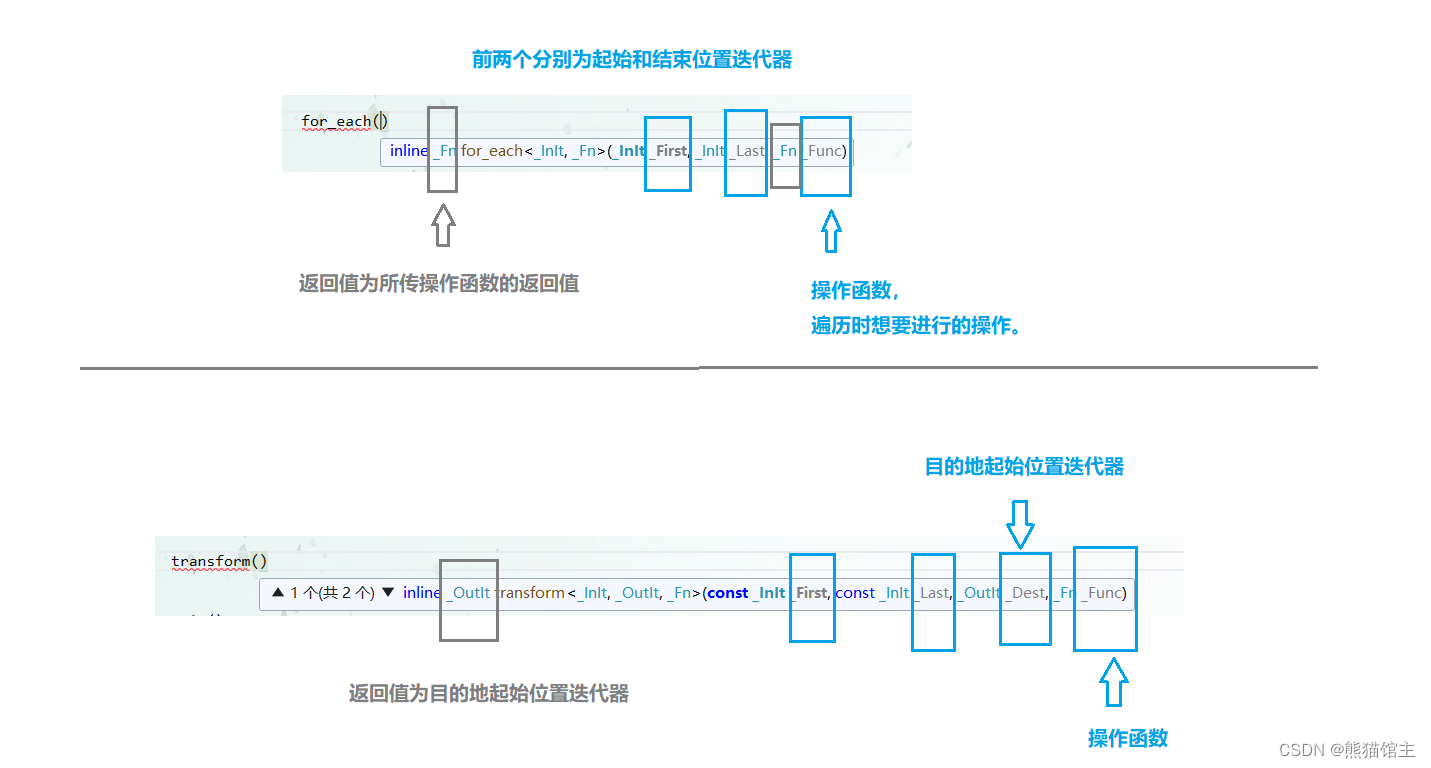

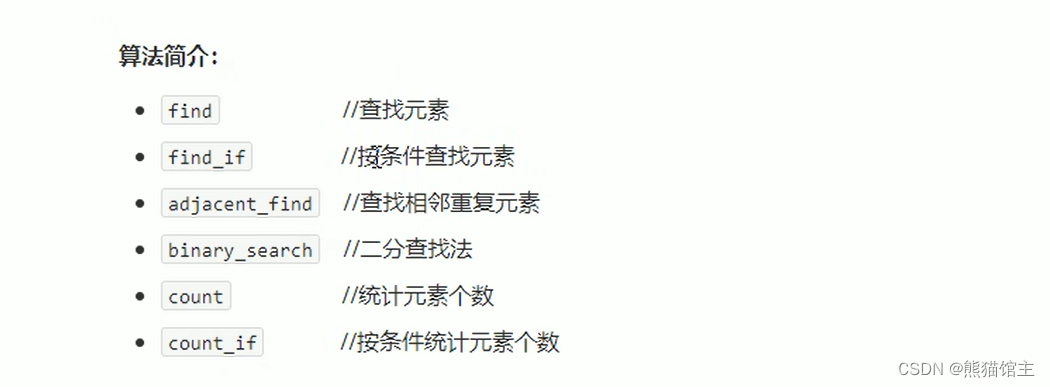
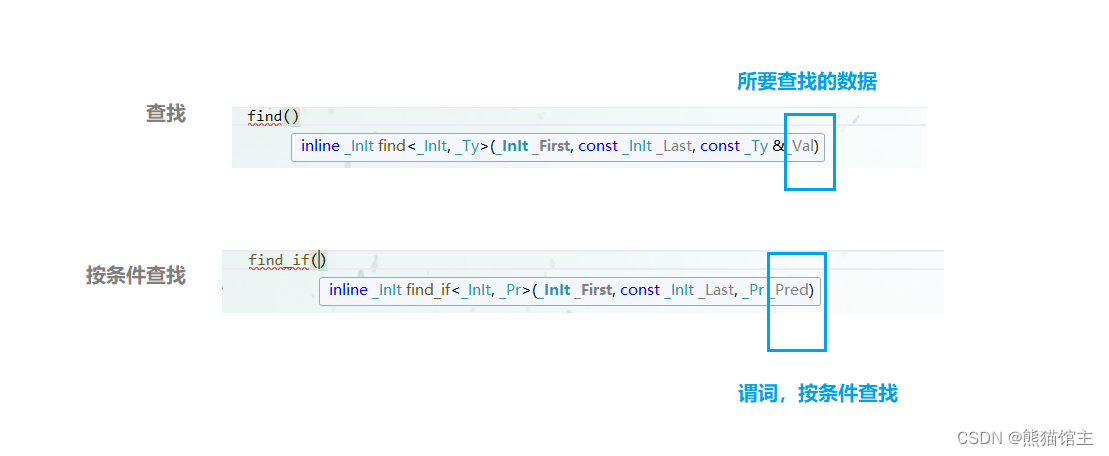




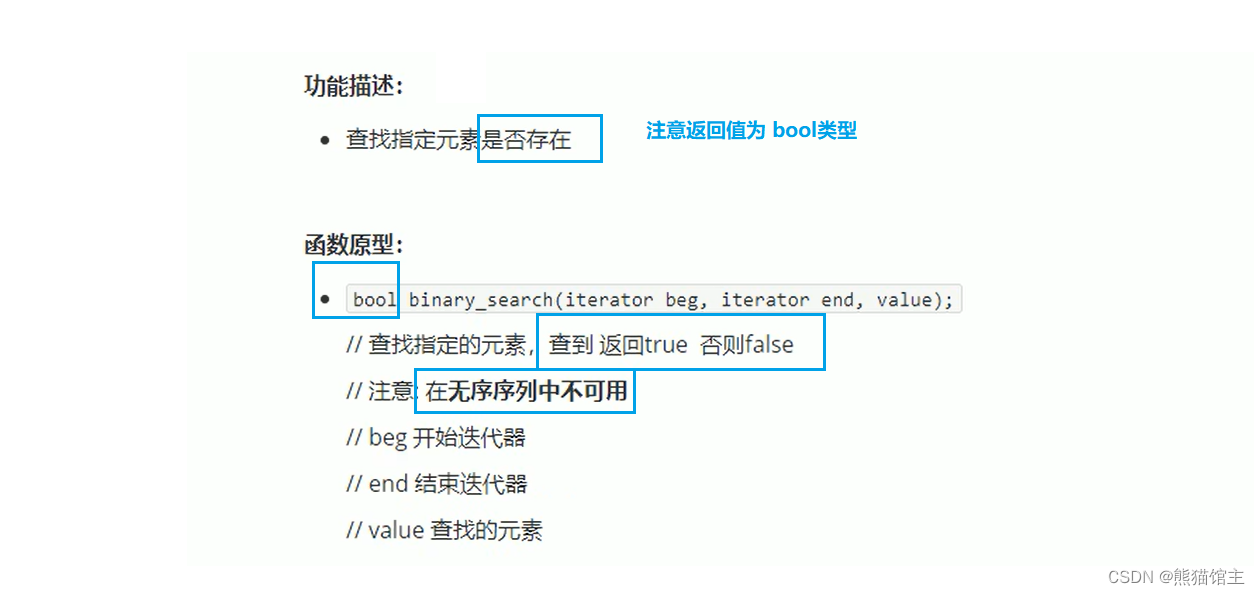



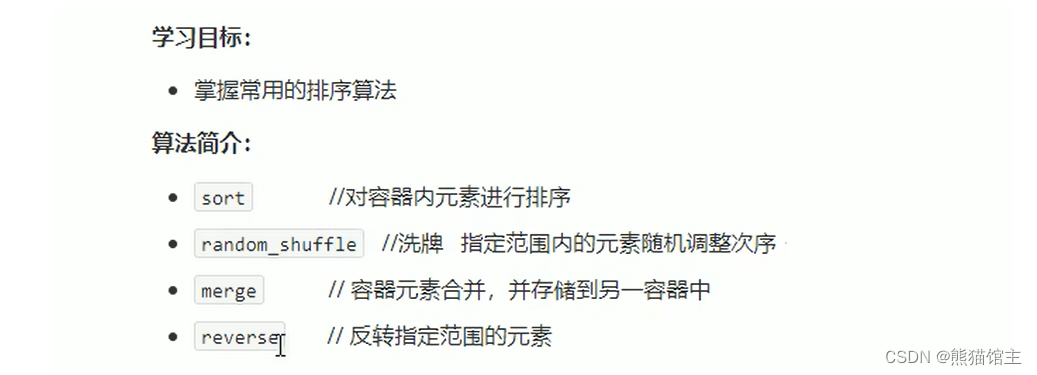




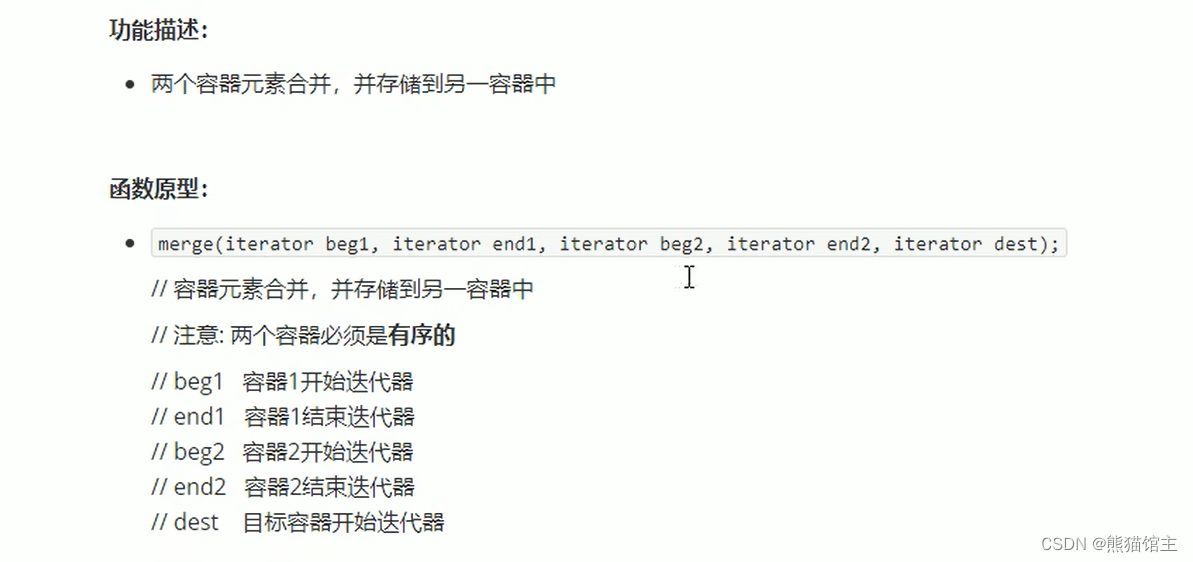



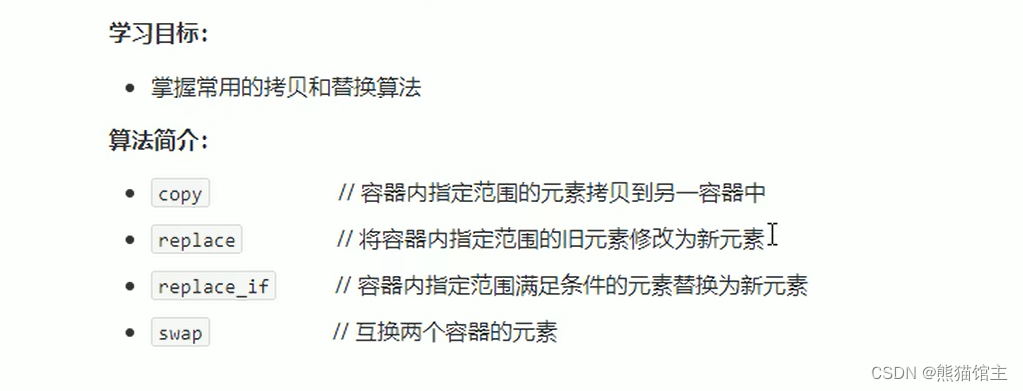



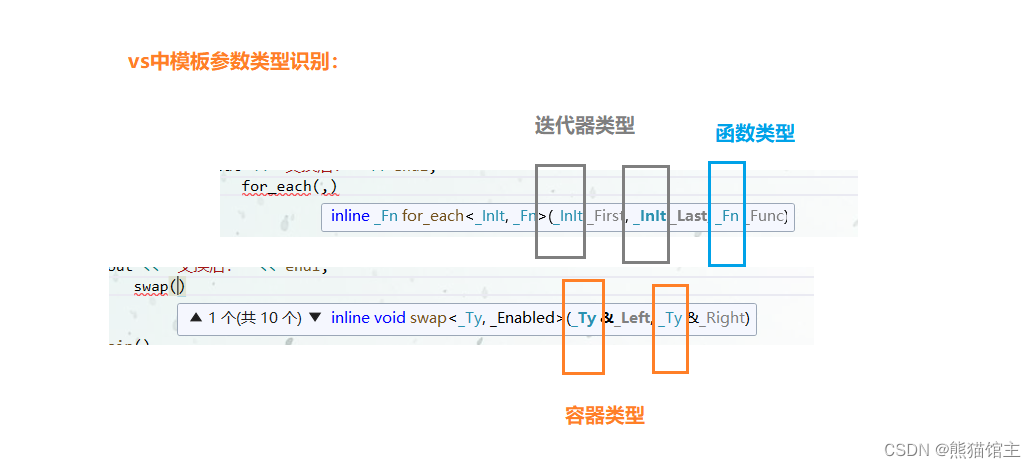
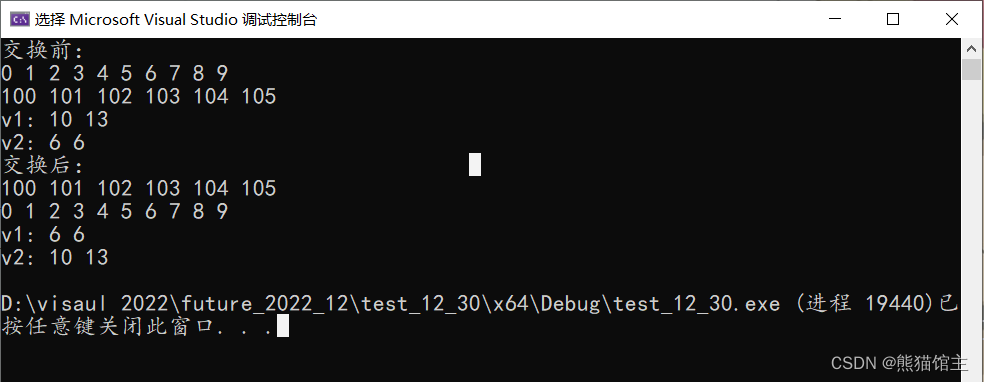



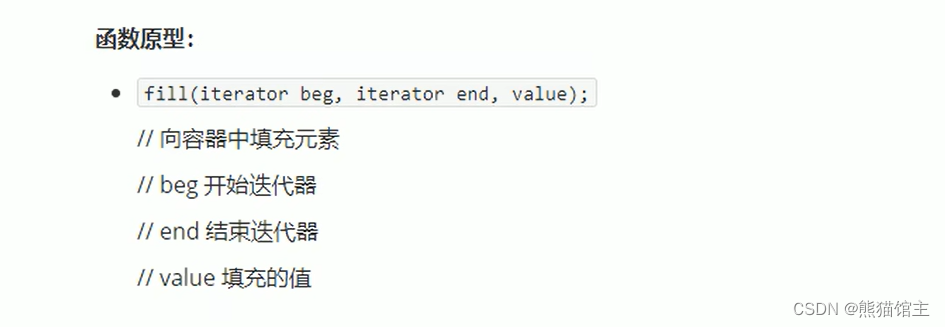












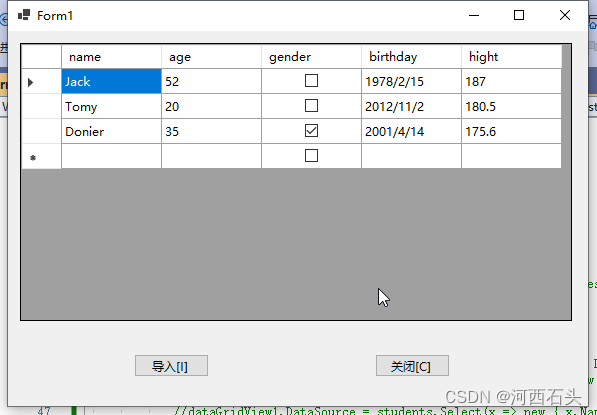
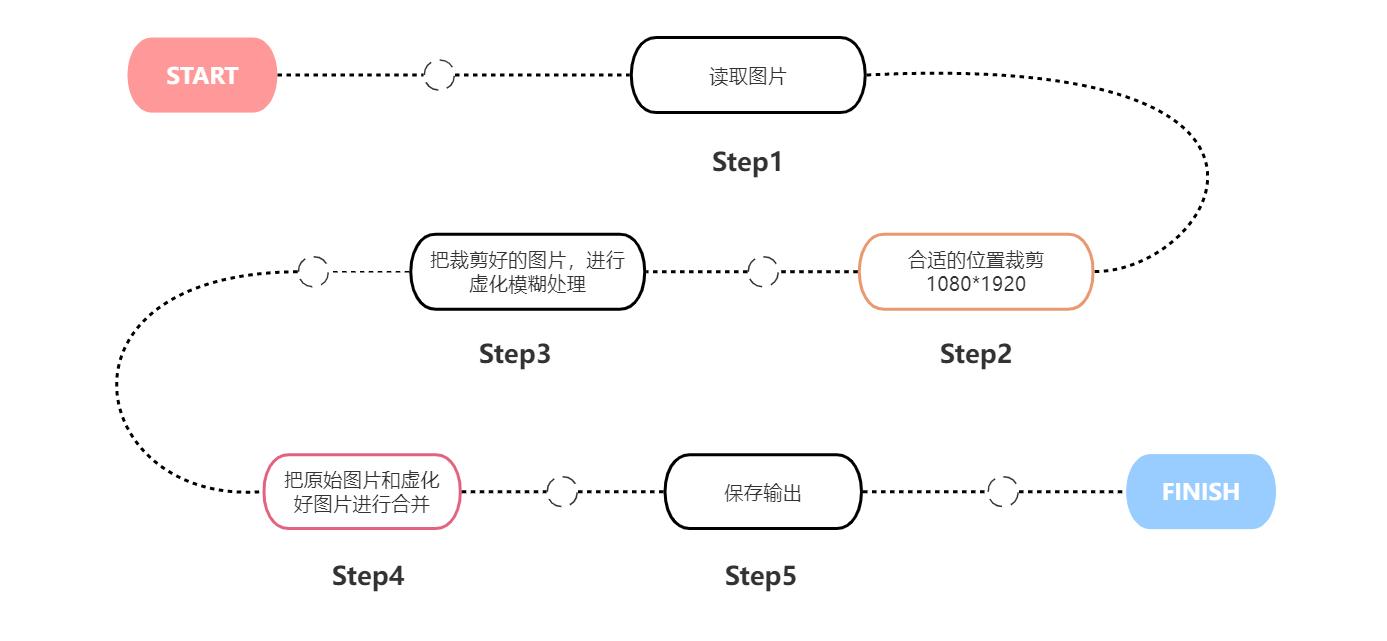

![[GWCTF 2019]枯燥的抽奖](https://img-blog.csdnimg.cn/084fedf1de6d4aeaaff078f5868c86b7.png)
